Who Are the Blue People of Kentucky?
Kentucky is known for its rolling hills and rich history, but few know about its most intriguing mystery: the blue people. This tale isn’t from a fantasy novel but a real genetic phenomenon.
In the hills of Appalachia, a family with blue skin lived for generations, captivating scientists and locals alike. Their story is a blend of genetics, history, and the sheer unpredictability of human biology.
Martin Fugate: The Patriarch of the Blue
The story starts in 1820 with Martin Fugate, a French orphan, settling in Troublesome Creek, Kentucky. Rumors suggest Martin himself was blue, but it’s his descendants who are famously known for their distinctive skin color.
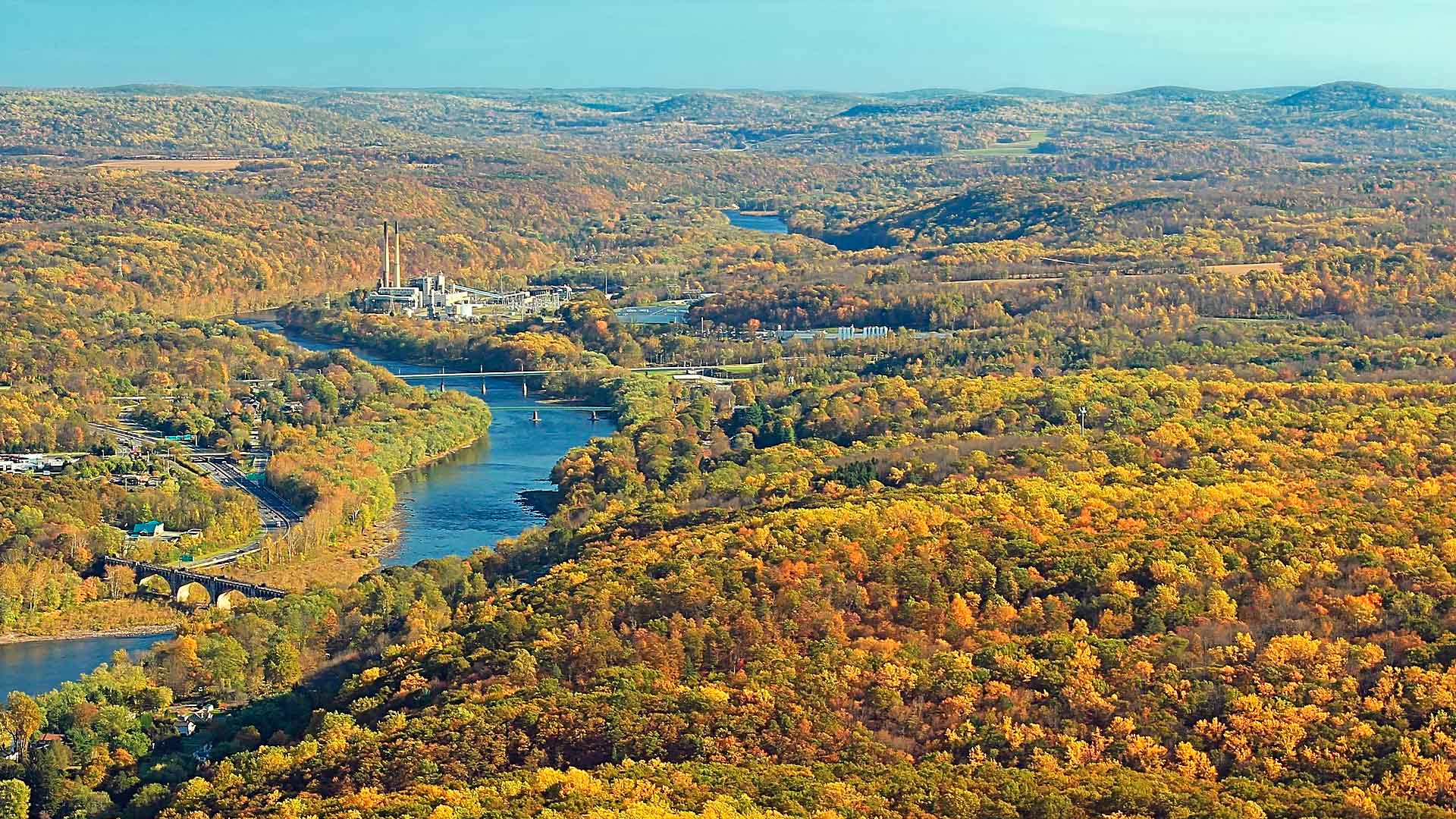
Source: Nicholas A. Tonelli/Wikipedia
Martin’s life in this isolated Appalachian region set the stage for one of the most fascinating genetic tales in American history.
The Science Behind the Blue: Methemoglobinemia
So, why were the Fugates blue? It boils down to a rare condition called methemoglobinemia. This genetic disorder results in an abnormal amount of methemoglobin, a form of hemoglobin, in the blood.

Source: Appalachian History
It’s this methemoglobin that gives the blood — and thus the skin — a blue tint. This condition is usually harmless but incredibly rare and striking in appearance.
Life in Isolation: The Fugate Family Saga
The Fugates’ story is deeply intertwined with their isolated Appalachian home. Living in a remote area with few roads and even fewer outsiders, the Fugates often married within their community.

Source: Gafoto/Wikipedia
This isolation played a crucial role in perpetuating the rare gene causing their unique blue skin through generations.
A Legacy in Blue: The Fugate Family Tree
Over the years, the Fugate family tree grew, with many branches still showing the blue skin trait. This was a result of the continued intermarriages within the family and the community, including unions with the Stacys, Smiths, the Richies, and the Combs.
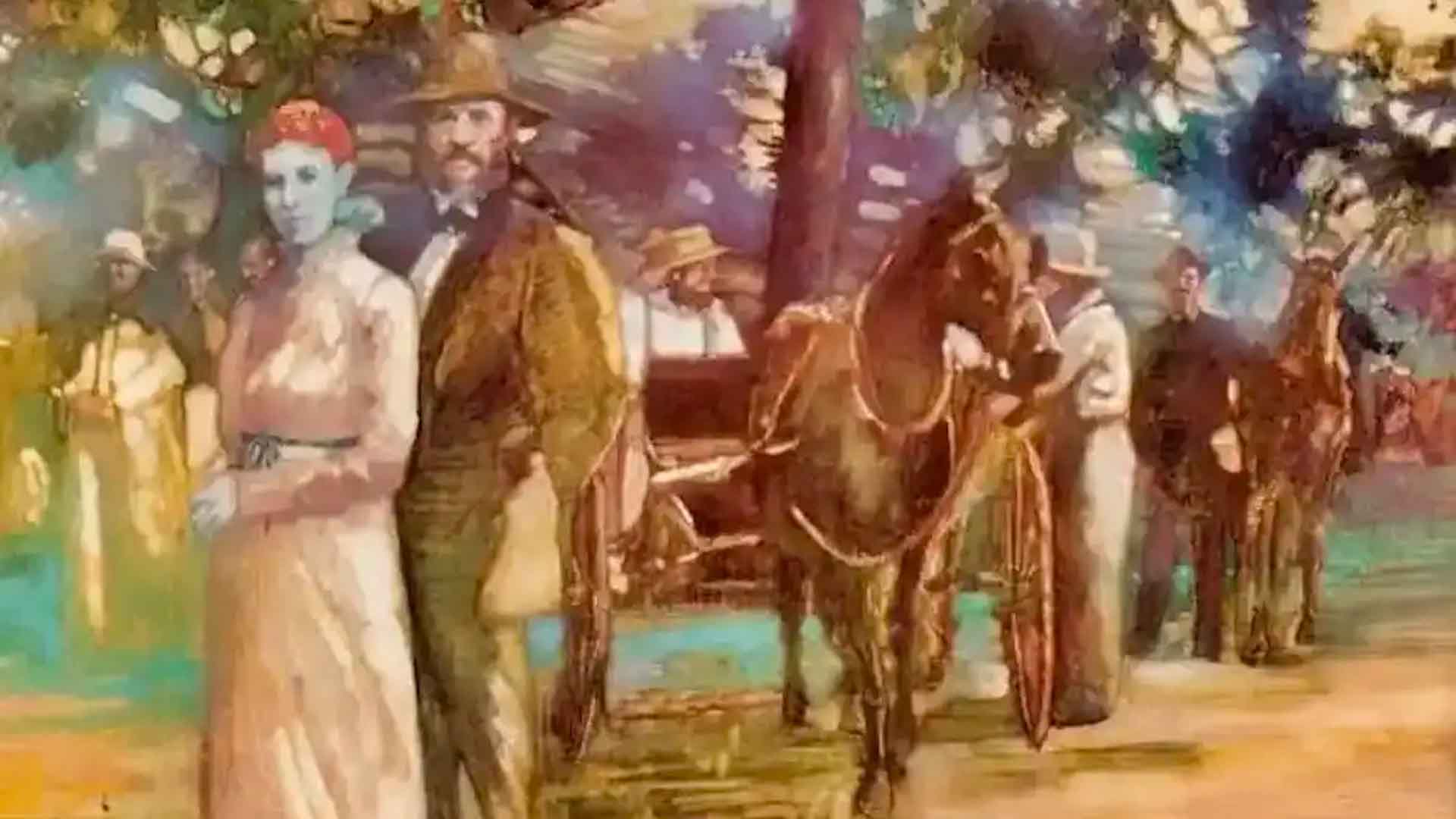
Source: Appalachian History
Each marriage within these close-knit circles kept the rare gene alive.
Dr. Madison Cawein: The Turning Point
In the 1960s, hematologist Dr. Madison Cawein heard about the blue-skinned people of Kentucky and set out to understand their condition. His research and treatment efforts brought the Fugates’ story into the scientific spotlight.

Source: Southern Mysteries
It was Cawein who identified methemoglobinemia as the cause and found a treatment that could reduce the blue tint of their skin.
The Last Blue Fugate: Benjy Stacy's Story
Benjy Stacy, born in 1975, is known as the last of the blue Fugates. His birth caused a stir in the medical community due to his deep blue skin.

Source: Shenandoah National Park/Wikipedia
However, like those before him, Benjy’s skin color lightened as he grew older, turning blue only when he was cold. His case marked the end of an era for the blue-skinned Fugates.
The Modern Fugate Family: A Genetic Rarity
Today, the question arises: Are there any blue Fugates alive? The likelihood of seeing another blue Fugate is slim.
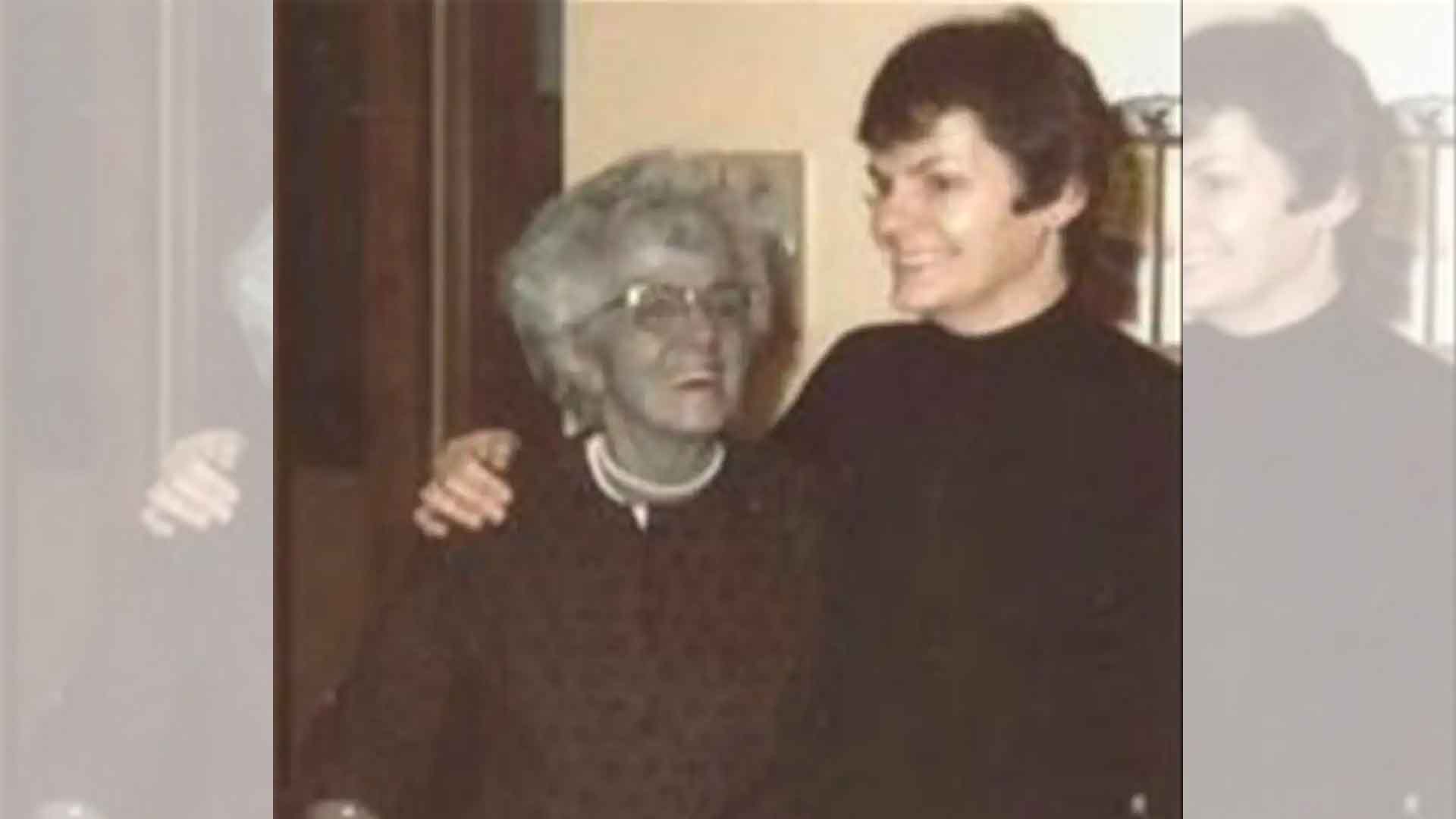
Source: Find a Grave
As the community has grown and diversified, the rare gene causing blue skin has become even rarer, fading into the annals of genetic history.
Documenting the Blue: Media and Cultural Impact
The story of the blue people of Kentucky has captured imaginations worldwide. It has been the subject of books, plays, documentaries, including a Netflix feature, and numerous articles.
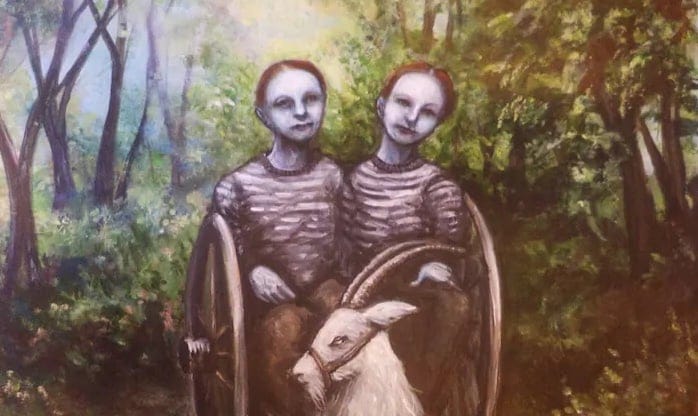
Source: @SenecaReloaded/Twitter
This media attention has helped to preserve the Fugates’ unique story, showcasing the incredible diversity of the human genetic experience.
A Lesson in Genetics: The Fugates' Contribution
The Fugate family’s story is more than just a medical curiosity; it’s a valuable lesson in genetics.

Source: Pexels
Their case has contributed significantly to our understanding of rare genetic conditions and how environmental factors like isolation can affect genetic inheritance.
Visual Records: The Blue People in Pictures
Despite the rarity of their condition, there are photographs and medical records documenting the blue Fugates.

Source: Weird Kentucky/Facebook
These images, while respecting the family’s privacy, provide a striking visual testament to the reality of methemoglobinemia and its impact on those who lived with it.
Reflecting on a Unique Legacy
The blue people of Kentucky remind us of the wonders and mysteries of genetics. Their story, rooted in the hills of Appalachia, is a testament to human diversity and resilience.
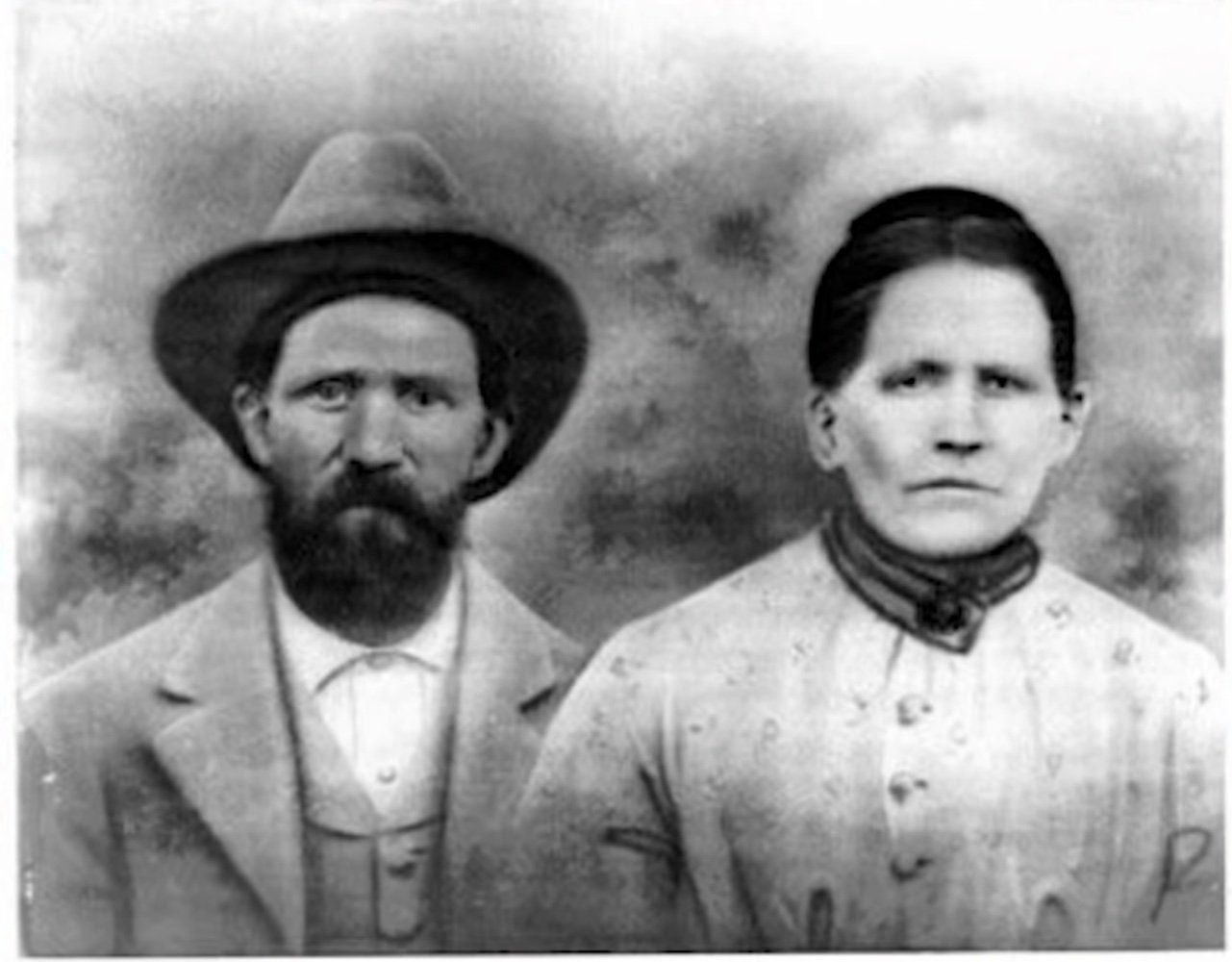
Source: Joe Scott/YouTube
As the last of the blue Fugates grow older, their legacy continues to fascinate and educate, leaving an indelible mark on Kentucky’s history and the field of genetic research.
